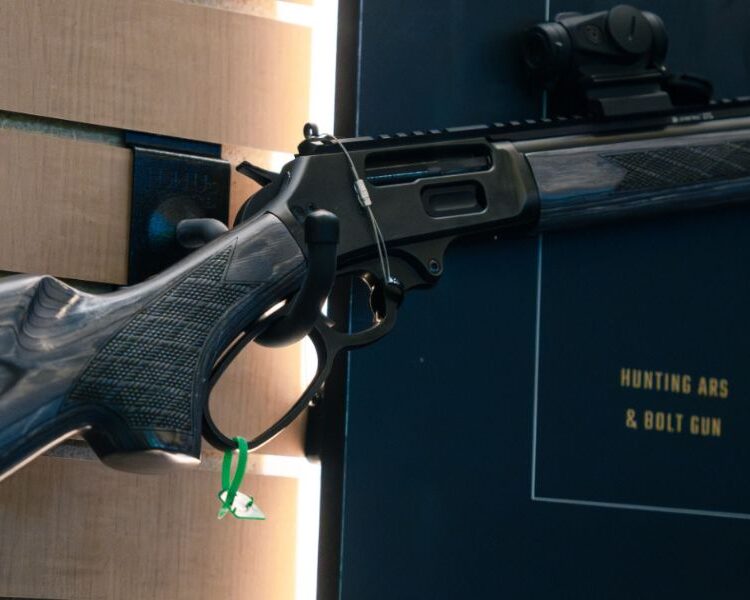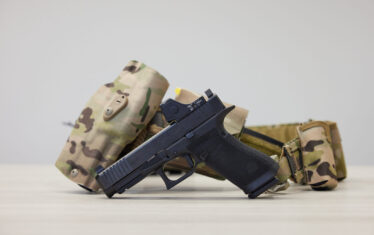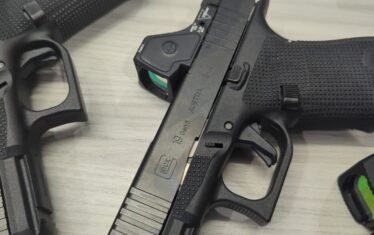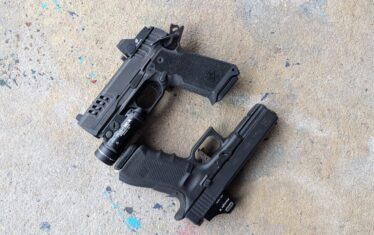The Lever-action, or lever gun, feels uniquely American; it is an icon of the American West. If you show just about anyone an image of a lever-action, their mind is instantly filled with pictures of cowboys, frontiersmen, and old John Wayne movies.
But these lever guns aren’t stuck in the past; they’re very much still around and getting better with a modern-day renaissance happening. Modernization is helping the humble lever gun come running into the 21st century.
It’s undisputable that there is something sensual about the satisfying chunky noise of working lever action. It’s just chunky and wonderful.
On top of everything else, the rifles are inherently reliable because of their simpler mechanisms. They may not be as efficient as a semi-automatic rifle, but they can still be cycled quickly. All of that is in a pretty streamlined size, too.
Plus, there is always the added benefit of more than a few lever guns being chambered in revolver calibers like .357 Magnum and .44 Magnum, so if you’re a revolver enthusiast and you’ve got some of that lying around, all the better.
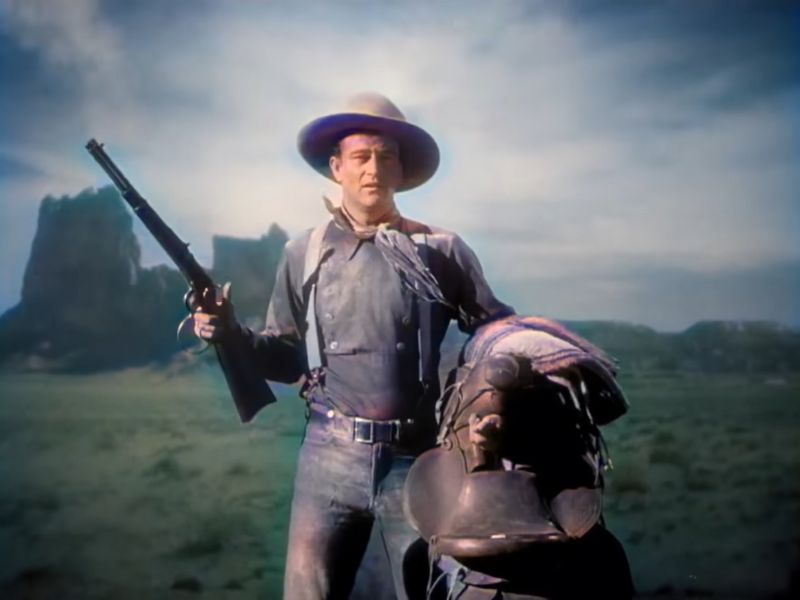
A Classic Design, Evolved
A growing trend has been developing over the last few years. People and gun companies are still looking for a better status quo. Nowadays, these rifles are covered in Picatinny rails, which allow for the anachronistic sweet combination of new and old.
Now, you can mount attachments like red dots or weapon lights that help with this evolution; think of your favorite Aimpoint or Surefire.
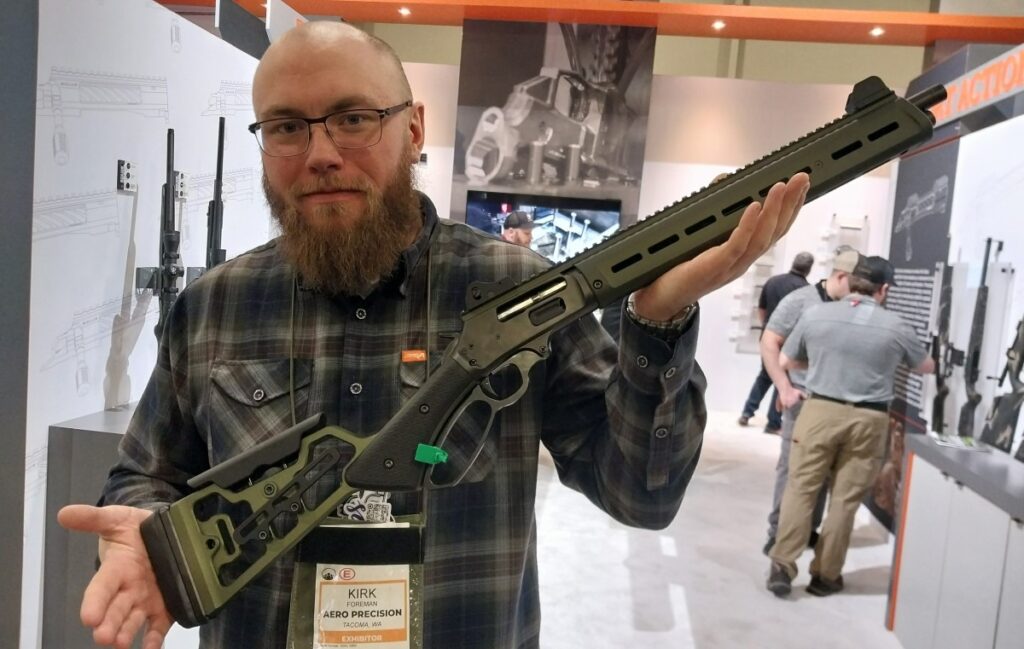
That’s not all, either; Lever guns with added threaded barrels aren’t even that uncommon anymore. It’s not outside the realm of possibilities that you could attach a suppressor to make it a bit more tactical and a whole lot quieter. Modern furniture from your Magpuls or Chisels of the World offers a sleeker look, replacing your more traditional wood with something you’d expect from the latest and greatest.
I’ve personally eyeballed grabbing a Henry Long Ranger, a Model H023, or a Herring to run 5.56, which was rarer for lever guns even just a few years ago. The advantage of using a more standard round like 5.56, or less so the .300 BLK, can’t be understated, especially with ammo shortages happening more often lately.
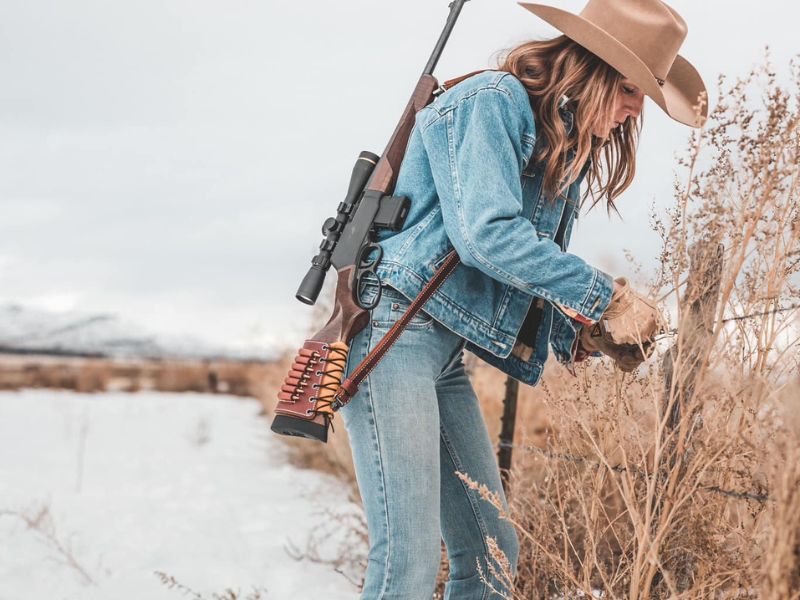
If you’re doubling down on using as few different types of ammo as possible, why not run your favorite lever-action on the same as your daily carry? People like POF-USA make PCC lever guns, too; the Tombstone runs 9mm, and that’s about as common and cheap as you can go without dipping your toes into .22 LR. (Don’t worry, Rio Bravo makes one of those, too.) So, your options and modularity are plentiful.
Pushing the Lever-action Boundaries
Even outside the world of companies doing the more straightforward, tacti-cool upgrades and updates, more value is coming to the lever-action world. The Henry Long Ranger is a prime example, promising accuracy that rivals traditional bolt-action rifles.

Rifles like the Long Ranger mark a significant shift in both design and market perception. (I know I keep talking about the Long Ranger, but it’s a pretty nifty rifle, so bear with me.)
These lever guns are being made with the intention of rivaling traditional bolt-action rifles’ accuracy. That is a pretty exciting change in design ideology. In their initial release for the Long Ranger, Henry even specifically called it out:
“If you’ve ever passed up a lever in favor of a bolt because of accuracy doubts, then doubt no longer. We didn’t pick the Long Ranger name out of a hat; if you need a tight-shooter that’ll reach out there, this rifle delivers.”
The reviews I have read don’t seem to disagree with their assessment for the most part. It turns out that a well-manufactured action, better barrels, and a solid scope mount make a pretty big difference. Who would have guessed?!
However, the Long Ranger isn’t alone in this pursuit. There is the Marlin 1895 SBL, chambered .45-70 Government, Winchester’s reintroduction of the iconic Model 1894, and the Browning BLR. The desire is there for high-quality, accurate, high-performing lever guns, and manufacturers are taking notice.
So Why Now?
I am of the opinion that this evolution and renaissance aren’t coincidences. The lever action rifle’s comeback is more than just the satisfying sound or its ties to popular culture. It’s more primal than that. This might be slipping into more abstract or tin-foil hat thoughts, but hear me out.
This renaissance is a symptom of a deep longing for the past. Even more important, though, is a longing for the dependability of tools of the past amidst a world drowning in fast and cheap things. The lever gun’s fundamentals stand in direct contrast to today’s complex world.
Craftmanship, self-reliance, and durability are core tenets of lever action designs. Our renewed love for these rifles is part of our desire for those values in all things. Our world and firearms are more complex and sophisticated than ever, so going back to basics can be pretty appealing from a practical perspective.

On top of all of that, these rifles, especially for Americans, have a genuine connection to their history and a time perceived as far simpler. These rifles embody the spirit of the frontier, symbolizing a time when self-sufficiency and resilience were paramount. Being a country and melting pot of many cultures, the lever-action is one of a few things that is and has remained uniquely American.
That is in no small part to when they rose to prominence; they’re pretty well associated with the Western expansion, but they also played a substantial role in the Civil War. So, mix important weapon systems with a couple of the most significant events in our history, and you can see why they might be so fundamental to our culture.
Plus, obviously, they’re just plain cool.
Lever Action Persistence
The lever-action’s renaissance is undeniable. It has stepped well beyond its role as a cowboy’s companion. Compact size and standard calibers make them viable rifles, and their performance keeps improving.
The concept’s enduring practicality and designers’ willingness to keep pushing it forward are exciting. The iconic silhouette of the lever gun remains, but it’s now just as likely to have a threaded muzzle and a red dot sight as worn leather and iron sights. No longer just a relic of the past, the lever action is thoroughly modern with a bright future.
More Renaissance Rifles
SHOT Show 2024 had more than a few new arrivals in the world of modern lever guns in a similar vein. Dare I say, SHOT 2024 was the “Year of the Lever Gun.” This surge was showcased plain for everyone to see.
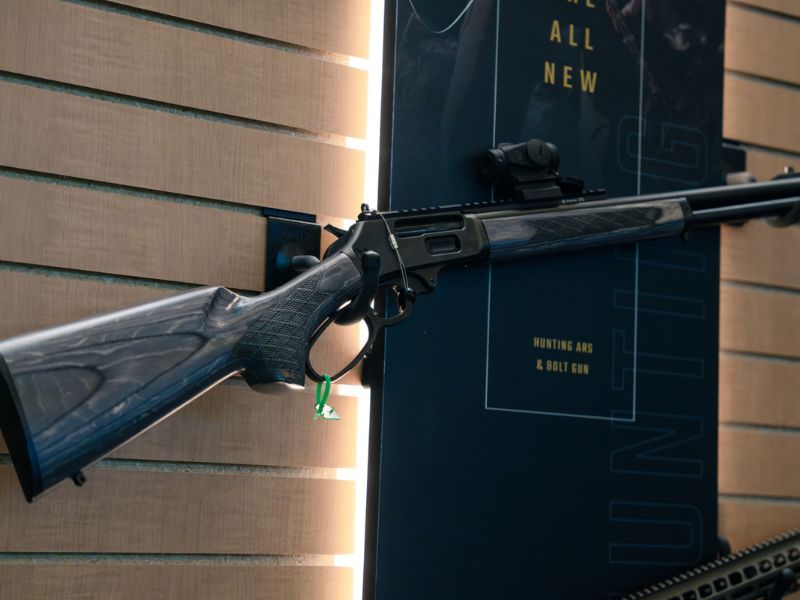
Blasters like the Aero Precision Prototype lever gun hinted at combining AR-15 style modularity with their lever mechanism. Bear Creek Arsenal’s new .450 Bushmaster brought more powerful, big-bore rounds into the realm of lever actions, appealing to hunters seeking a capable brush gun.
Bond Arms’ LVRB took the concept in an entirely different direction, merging the lever action with an AR-15 upper for an unusual but intriguing combination chambered in more standard calibers like .223 Wylde.
Even more long-established names are joining in, too, with Smith & Wesson showcasing their Model 1854, a reproduction of a historic early cartridge lever-action with some nifty modern upgrades.
If you want to read more about the latest releases, our very own William Lawson covered them in SHOT Show 2024: Year of the Lever Gun.





